Sebastião Salgado
Could Leica have employed a better ambassador than Sebastião Salgado? While he has pretty much stuck to Leica’s, his riveting and socially conscious imagery has employed mostly the SLR Leicas. (it appears to be an R7 in the movie “Looking Back at You”) He is very open about the lenses he uses. 28mm, 35mm mostly, and 60mm Macro. And sometimes a Leica zoom lens. He does sometimes use the M cameras. The R cameras are relatively cheap. In his movie “Looking Back at You”, he uses a Leica R6. While he does speak 4 or 5 languages, although with an accent, this assists him greatly in communicating with his subjects.

Leica Legend
He has traveled to over 120 countries for his photographic projects. Most of these have appeared in numerous press publications and books. Touring exhibitions of this work have been presented throughout the world. He is a UNICEF Goodwill Ambassador. He was awarded the W. Eugene Smith Memorial Fund Grant in 1982.
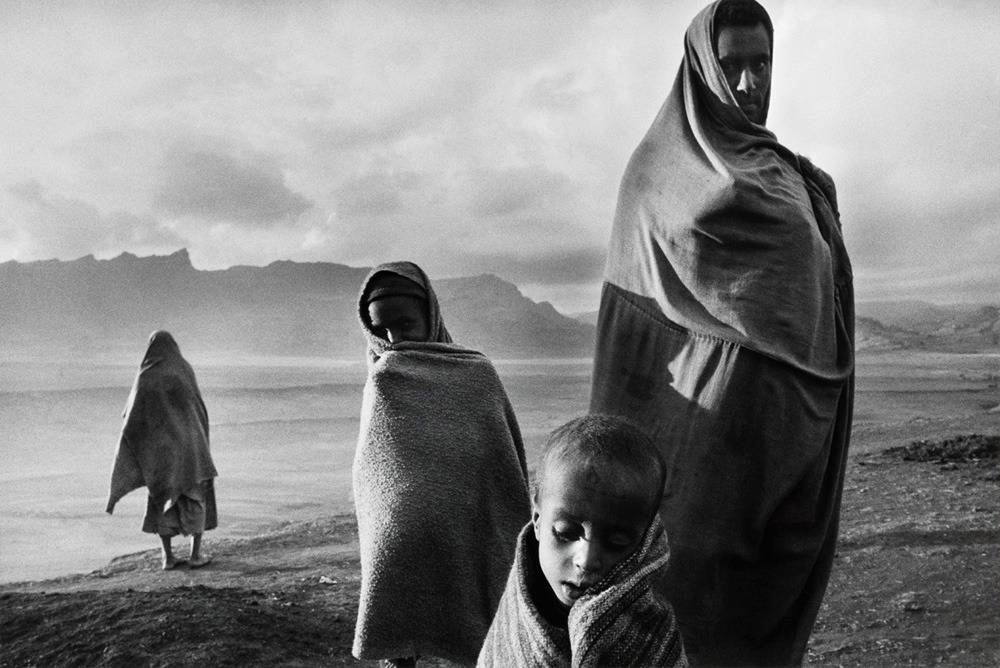
Sebastião Salgado was born in 1944 in Brazil. He initially trained as an economist, earning a master’s degree in economics from the University of São Paulo in Brazil. He began work as an economist for the International Coffee Organization, often traveling to Africa on missions for the World Bank, when he first started seriously taking photographs, inspired by the photojournalism of Lewis Hine, W. Eugene Smith and Walker Evans.
The Economist
While he chose to abandon a career as an economist and switched to photography in 1973, he worked initially on news assignments before veering towards documentary-type work. He initially worked with the photo agency Sygma and the Paris-based Gamma, but in 1979, he joined the international cooperative of photographers at Magnum Photos. But left Magnum in 1994, and formed his own agency to represent his work. He is particularly noted for his social documentary photography of workers in less developed nations. They reside in Paris, but have recently gone back to his family roots in Brazil to restore the environment on family land that was decimated by industrial and government corruption.
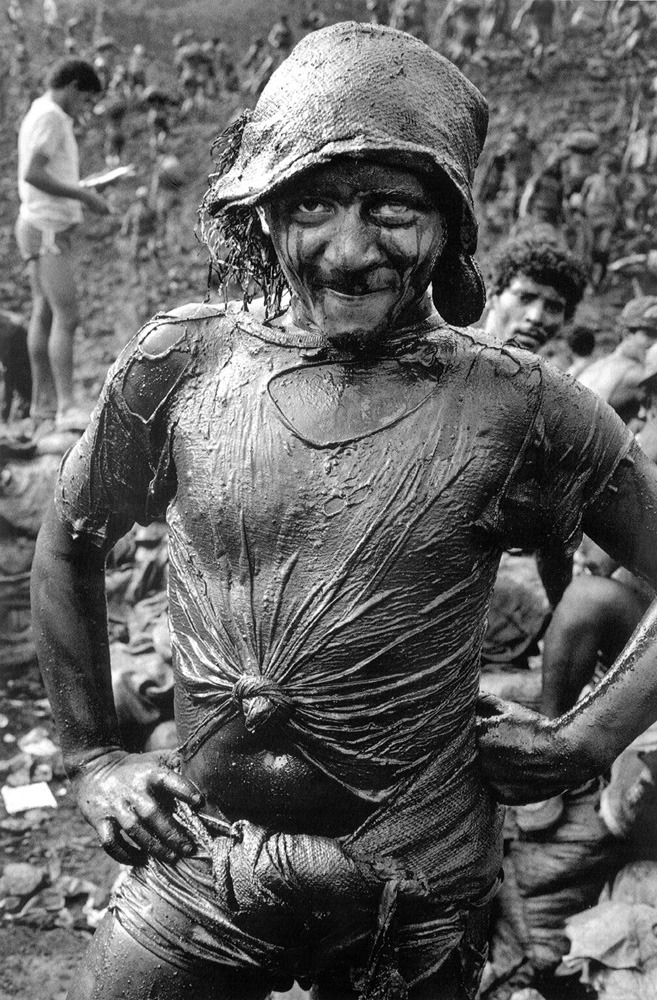
UNICEF
He has been a UNICEF Goodwill Ambassador since 2001. He works on long term, self-assigned projects. And many have been published as books: The Other Americas, Sahel, Workers, Migrations and Genesis. The latter three are mammoth collections with hundreds of images each from all around the world. Some of his most famous pictures are of a gold mine in Brazil. While he does take 4 to 6 years per project, the output is stunning.
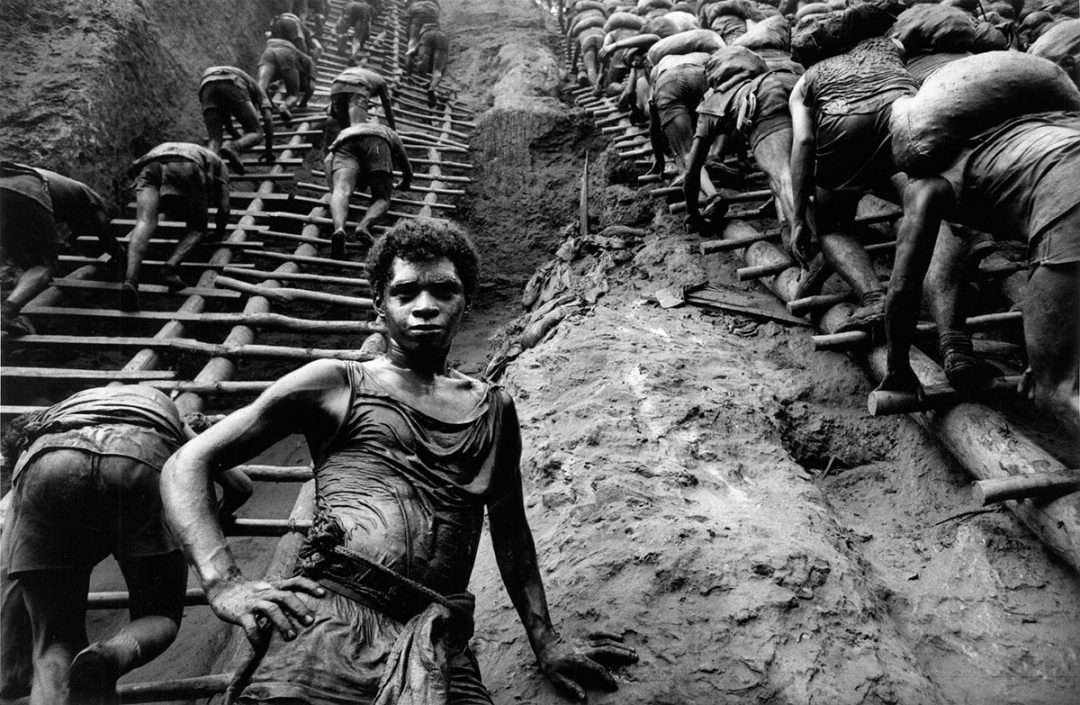
“Genesis,” was aimed at the presentation of the unblemished faces of nature and humanity. It consists of a series of photographs of landscapes and wildlife, as well as of human communities. This body of work is conceived as a potential path to humanity’s rediscovery of itself in nature.
While he displayed his photographs of coffee workers at the Brazilian Embassy in London, his real aim was to raise public awareness of the origins of the popular drink.
He worked since the 1990s on the restoration of a small part of the Atlantic Forest in Brazil. In 1998, they succeeded in turning this land into a nature reserve. He is dedicated to a mission of reforestation, conservation and environmental education.
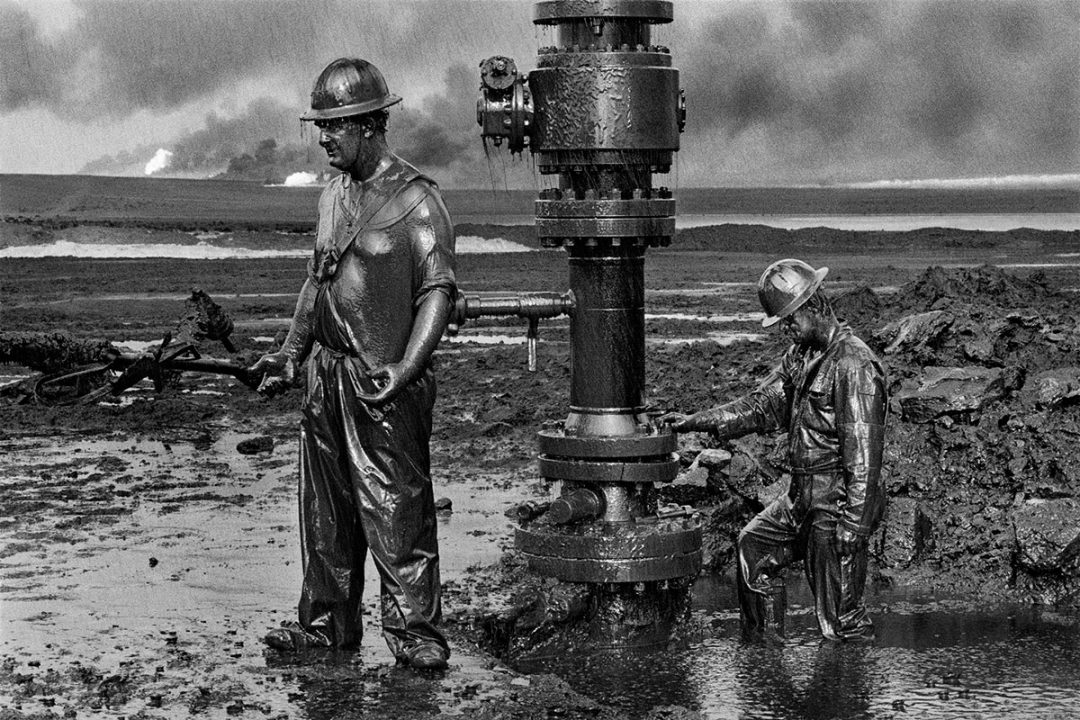
The Salt of the Earth
While his work is the focus of the film “The Salt of the Earth”, I personally prefer “Looking Back at You”. It gives a look into his working methods, his cameras and lenses. He is very forthcoming with all that info. As a result, “The Salt of the Earth” won a special award at Cannes Film Festival and was nominated for the best Documentary Feature at the 2015 Academy Awards.
However, besides the movies are the books that everyone, no matter what genre of photography interests you, should have in their collection. Find Leica R’s
Artsy

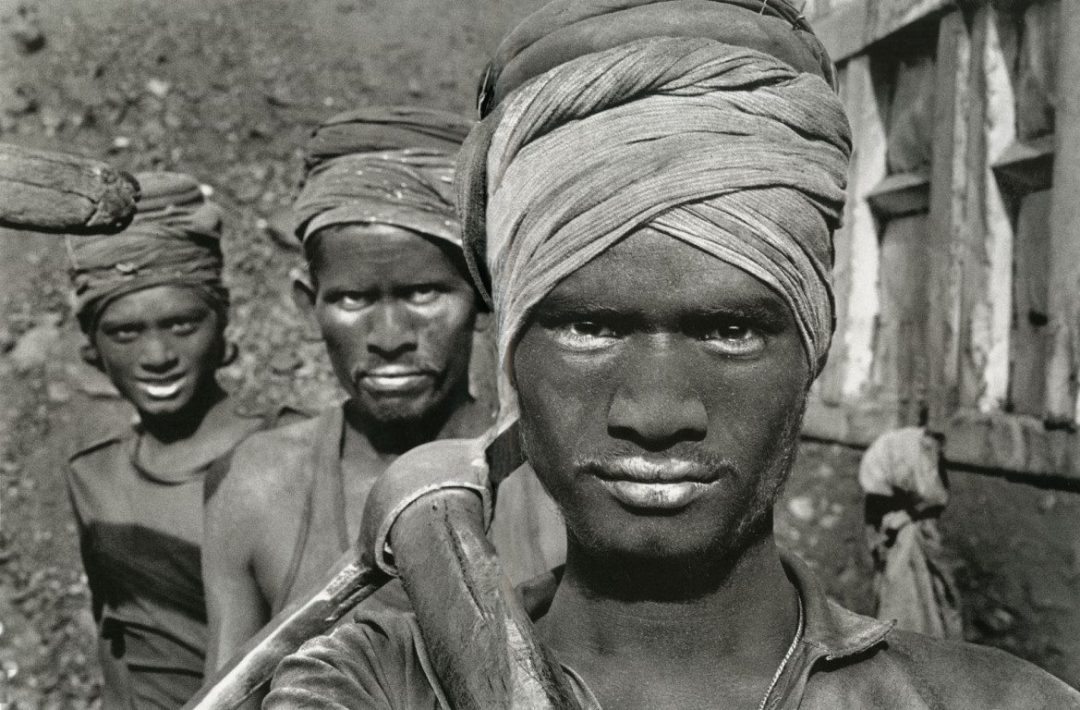
I’ve long found Salgado to be hugely inspiring. The selection of his subjects, the approach of each shot.
Having noted that he relies very heavily on the Leica R6 and 28mm & 35mm lenses, well, I will admit that I’ve copied him. I’ve always found reassurance in using a manual exposure body, having used Leicaflex SL bodies (with dud meters) and Nikon F/F2 before.
Hi Toby,
Inspiring,…yes, he is more than just inspiring. At a time when B&W was becoming the less chosen path and his chosen subject themes were considered passe’, he stuck to his guns and would be greatly rewarded for his unique vision. Even the camera he used. While the “Leica herd” jumped on the M bandwagon, he chose to mostly use Leica’s SLR’s, considered by many the “red headed stepchild” of Leica. Kind of like only considering an aircooled Porsche a “real” Porsche. 😏 Well, the images, and their stark beauty matched with their present day sociological importance, outdid many of the photographic stars of the era. It’s always nice to see integrity win on occasion.
Federico
Probably worth noting that he switched from Leica completely in the 90s to using a Pentax 67 because he wanted to use medium format for the ability to be able to produce bigger, better quality prints. Now, in the modern era, he uses Canon digital equipment, with the most notable being the 1DS. He isn’t the lifelong Leica user the Leica fans would like to believe (usually to justify their elitism), although he did use them for a time.
Just being factual. A truly great photographer no matter what he used, especially his medium format work.
My previous comment should have been “he switched to using a Pentax 645” not the Pentax 67.
Aaron: There is no elitism on the part of Leica/Leicaflex users. They are just cameras. Indeed, digital Johnny’s are far more elitist than me with ever increasing megapixels and matrix metering.My pair of Leica M3 bodies (1955 & 1960) and Leicaflex SL bodies (1970/71) have no meters. The M3 was meterless and my SL pair have dud meters. In fact, if they did work, the mercury oxide 1.35v cell has been unobtainable for 30 years. With both I use handheld meters and like the Gossen Lunalite. It is solid state with LEDs instead of a needle and uses a PP3 9v meter. The stated elitism is in the imagination of people who use Japanese cameras from the Nikon F to the D5. We love a quality that would be praised by the late Sir Henry Royce of Rolls-Royce fame. He famously said that the quality would remain when the price is forgotten. And so it does.